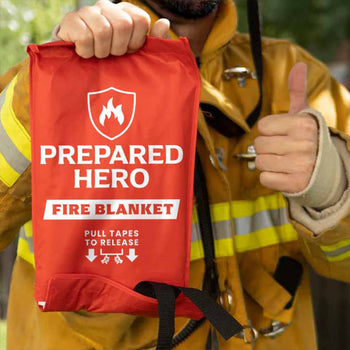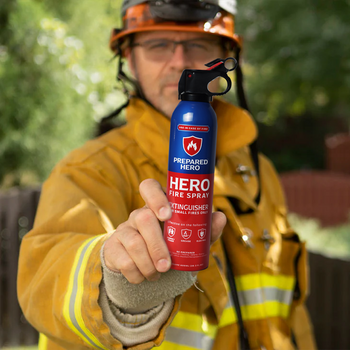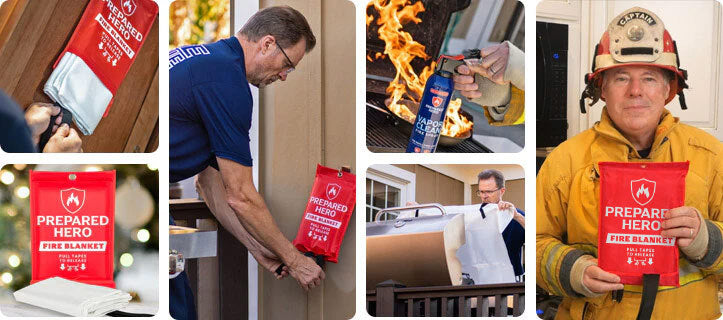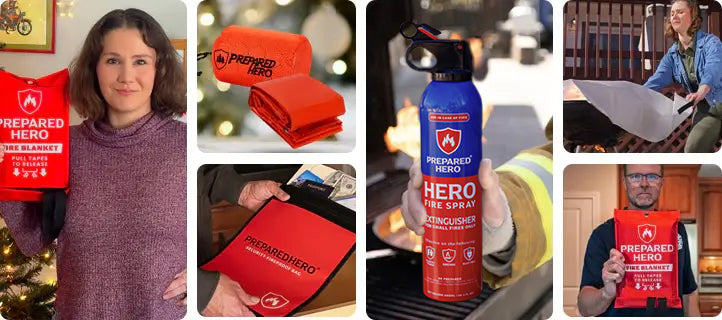Where you put your smoke detectors matters just as much as installing them. Proper placement makes sure they can detect...
Whether you're building a new home, renovating your house, or simply want to fireproof your home, we're here to help. In this post, we'll talk about how to fireproof your home the right way.
How to Fireproof Your Home
- Be aware of the fire hazards inside your house.
- Fireproof your walls, entry points, and crawl spaces.
- Fireproof your roof, yard, and deck.
- Place fire safety features all over your house.
How to Fireproof Your Home in 4 Steps
The difference between a burning house and a safe one lies in the details. According to scientists, saving a house has less to do with stopping a wildfire. It's more about the small details and regular maintenance.
As it turns out, luck really favors the prepared. To put luck on your side, here's what you can do to fireproof your home.
1. Be aware of the fire hazards inside your house.

The more stuff you have, the easier it is for a house fire to spread. So, go through your house, and make sure you're only keeping the stuff you need. For example, if you have clothes you haven't worn in a year, consider donating them to charity.
You should also be aware of the fire hazards at your house. Things you use daily, including vegetable oil, curtains, ashtrays, and space heaters, can ignite fires. So, make sure to put them in the right places to avoid fires.
Also, always check your appliances and outlets to ensure they work properly. Faulty appliances and outlets can ignite electrical fires― one of the most dangerous types of fire. Plus, if you're adding new furniture or decor, choose fire-resistant materials.
2. Fireproof your walls, entry points, and crawl spaces.

Using fire-retardant paint or fire-retardant sprays on your walls helps a lot, especially if they're made of wood.
Next, fireproof your basement or crawl space using fire-resistant insulation like mineral wool. Doing so can go a long way in protecting your home from sparks.
Once done, seal off all vents, cracks, and other openings using fireproof caulk. If you have a chimney, have a professional check it for soot buildup. Then, have it fireproofed.
Additionally, consider replacing your wooden window frames with metal ones. Window frames let fire enter your house more quickly. On the other hand, metal frames are fire-resistant. Double-paned fiberglass on your windows also defends your home better than regular glass.
3. Fireproof your roof, yard, and deck.

Just like the inside of your house, you need to clean the outside to fireproof it.
Start by moving flammable materials, like plants, leaves, mulch, and firewood, away from the walls of your house.
Next, remove debris from your roof and gutter. Remember, embers can land on them, and if you have debris up there, they can light up.
Speaking of your roof― arm it with Class A, fire-rated material. You can use a standing seam, slate, tile, or cementitious composite roofing.
If you have to use wood shakes, apply a potent fire treatment on them. However, note that this usually lasts for five years or so. Plus, a steeper roof pitch has way higher fire resistance than a flat one. So, consider installing a steep roof if you're refurbishing your house or building it from the ground up.
After this, work on your landscaping to create breaks that can change fire routes. Do this by creating fuel breaks around your house using walkways and driveways.
Finally, wood decks provide fuel for fires. So, if you have one, treat it against fire. Better yet, consider replacing your wood deck with composites, which spread fire less quickly. You can also think about landscaping or terracing as alternatives to wood decks.
5. Place fire safety features all over your house.

Start by placing smoke alarms in every bedroom and common room in your home. Smoke alarms cut house fire death risks by half, so you must install them.
Next, install fire sprinkler systems all over your house. They prevent home fires by immediately activating after a kitchen fire or another type of fire occurs. Sprinklers also help make fire damage cleanup more manageable by reducing fire damage.
Lastly, have a fire extinguisher on hand. However, fire extinguishers are expensive and bulky, so we understand if you don't have one in your house. Despite this, you need to have something that can extinguish fires. This is where a fire spray comes in handy.
The Hero Fire Spray is an easy-to-use alternative to most fire extinguisher types. It will help you deal with minor fire accidents and stop them before they turn into bigger disasters.
Plus, the Hero Fire Spray is biodegradable and non-toxic. Unlike a fire extinguisher, you can safely use it around your family and pets. They're also eco-friendly, so you're taking part in saving the environment.

Here’s a table summarizing the differences between Prepared Hero’s fire spray and a regular fire extinguisher:
| Prepared Hero’s Fire Spray | Regular Fire Extinguisher |
| Lightweight, easy to carry | Heavy, hard to carry |
| Easy to store | Needs more space for storage |
| 100% biodegradable | Mostly made of non-biodegradable materials |
| Non-toxic | Toxic |
| Easy to clean | Hard to clean |
|
Safe for kids and pets |
Not safe for kids and pets |
Fireproof Your Home Using the Right Products

To help you choose the right products to use, here's what certain products do to fireproof your house:
Cementitious Sprays
Spray these products onto the surface of what you want to fireproof. Cementitious products are best used on structural foundations like girders and steel beams. They form a thick, plaster-like barrier between the material and fire. The barrier protects your foundation from bending or falling under high heat.
Firestopping Materials
Firestopping refers to using complete, tested assembly for joints and penetrations. It prevents fire from spreading into other rooms. While technically different from fireproofing, the two are often done together. If you want to know more about the processes that protect your house from fires, check out our firesafing article.
Intumescent Paints or Coatings
These products expand and thicken when heated. As a result, they form barriers between the material and the fire. You can apply intumescent paints or coatings to metal pipes, valves, columns, beams, floors, and more.
Insulated Concrete Forms
Ask any contractor about building a fire-resistant home, and they'll mention insulated concrete forms (ICFs). ICFs are polystyrene blocks that join like Lego. As the term implies, they're made of concrete, making them one of the most fire-resistant materials on the market.
Frequently Asked Questions
Is there a way to fireproof your house?
Yes, there is a way to fireproof your house. If you're building one from the ground up or remodeling your home, you can use fire-resistant materials like insulated concrete forms, cementitious sprays, mineral wool, and intumescent paints.
How do I stop my house from burning?
You can stop your house from burning by fireproofing it. First, fireproof the inside by removing clutter and using fire-resistant wool, coating, or paint. Then, remove debris from your roof, gutter, yard, and deck to fireproof the outside of your house. Treating wood structures against fires also helps a lot. Lastly, place fire safety features all over your home, such as fire alarms, sprinklers, and fire extinguishers.
How do I make my walls fireproof?
Make your walls fireproof by using fire-resistant paint or coating. You can also use fire-retardant or fire-resistant sheathing, such as non-paper-faced exterior gypsum. Additionally, use non-combustible interior linings like drywall, and fire-resistant cavity insulation, like mineral wool or fiberglass, to further fireproof your walls.
Where should I put fireproof safe in my house?
You should put a fireproof safe in the corner of two exterior walls on the first floor of your house. These walls will remain cool during a fire. Plus, the higher you place your fireproof safe, the more heat it will face.
Do all doors in the house need to be fireproof?
Not all doors need to be fireproof. However, any house with three or more floors must have fire doors in every room where a stairwell leads to. This also applies to a loft where an extra floor has been added.
Conclusion

Fireproofing your home can save your family's lives, especially if you're in an area prone to wildfires. Keep your family safe by using this guide to fireproof your home. Remember, luck always favors the prepared.
Assembling a fire kit with an emergency fire blanket, fire protection gloves, and a smoke mask also helps. Go to Prepared Hero and shop for fire safety tools now!


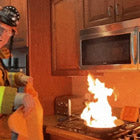 Fire
Fire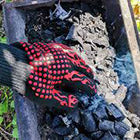 Safety
Safety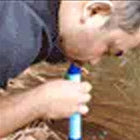 Survival
Survival Protection
Protection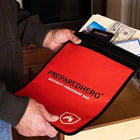 New
New Scouting America
Scouting America
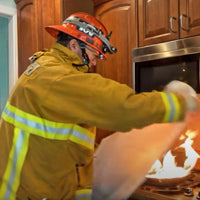 Fire
Fire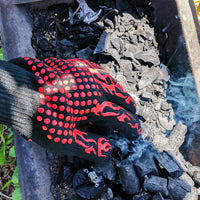 Safety
Safety Survival
Survival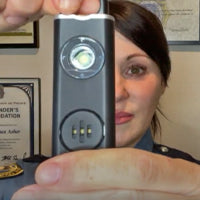 Protection
Protection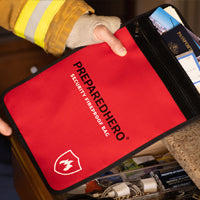 New
New
